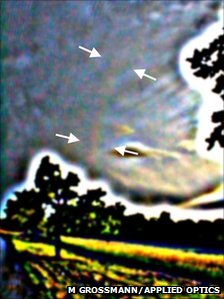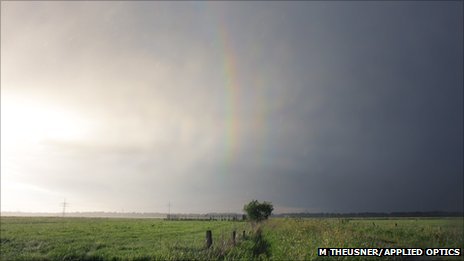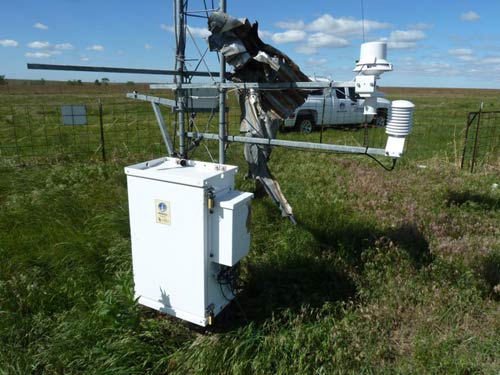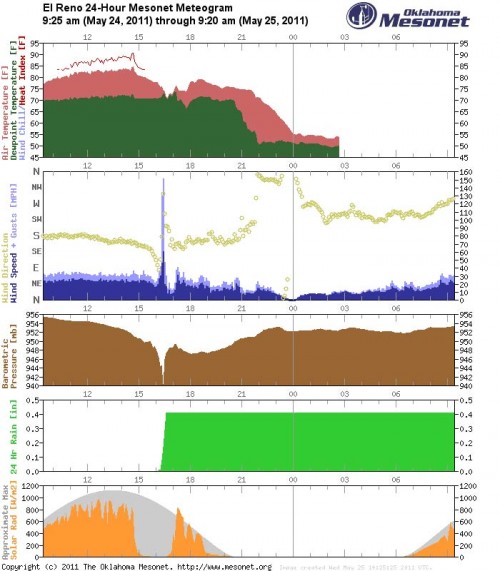by Ken Carey, Chair, AMS Membership Committee
On behalf of the Membership Committee, I am writing to encourage you to nominate as “Beacons” members of the AMS Executive Committee, Council, Commission, Boards and Committees for service during the upcoming 92nd AMS Annual Meeting in New Orleans, Louisiana. The New Orleans meeting will be the second annual meeting at which Beacons will be present. By of explanation, here is an FAQ about the Beacons program:
What is the Beacons Initiative? The AMS Beacons program began in 2011 as an initiative of the Membership Committee and is firmly rooted in former Executive Director Kenneth Spengler’s legacy of fostering the AMS as an open, inclusive, and welcoming organization. The Beacons program is an ambassador program with a “member-staffed goodwill cadre” reflecting AMS’ initiatives to serve its existing, returning, and potentially new members. AMS Beacons serve at the pleasure of the AMS Executive Director, and assist with Society and membership-related functions as deemed necessary or appropriate at AMS annual, STAC, and local chapter meetings and other functions. Merriam-Webster’s online dictionary defines the word beacon as “a source of light or other signal for guidance; a source of light or inspiration.” This adequately describes what Beacons aspire to be and why the current Beacons have chosen to participate.
Why do we need AMS Beacons? The AMS is the nation’s premiere professional organization in the meteorological and related sciences. It is a broad but close-knit community of weather enthusiasts, researchers, forecasters, practitioners, educators, and students, all working to advance the atmospheric and related sciences, technologies, applications and services. Preliminary findings from AMS surveys and membership committee activities suggest that some members within our community are: (1) unaware of the full value of Society membership, (2) uncertain of or dissatisfied with the value of the membership, or (3) feel disconnected from the broader Society activities. Feedback from some members and non-members also indicates that there is a perception that the Society is aloof, elitist, or academic-centric. While these perceptions do not reflect the majority of viewpoints, they do represent a significant number that could adversely affect AMS membership and its growth potential. The Beacons Program is a “grass-roots” initiative at very minimal cost to provide resources and “friendly-faces” at the annual meeting and other functions with the goal of connecting and retaining current members, encouraging new membership, and reclaiming past members.
What will Beacons do at the Annual Meeting? Beacons will serve throughout the week making themselves available to answer questions about the Society and to visit with and assist participants as needed throughout the week. Beacons will have a significant presence at the New Attendee Briefing on Sunday, will be stationed at key locations (e.g., registration area, entryways, meetings with large gatherings, etc.), and informally greet and assist as they move throughout the venue during the week. Beacons will serve as a volunteer, complementary resource to the AMS staff and will be properly trained on what questions and information should be referred to AMS staff members. In order to be easily recognized, Beacons will wear bright yellow (i.e., as in “Beacon of Light”) lanyards with AMS blue lettering. Additionally, signs, social networking media (e.g., the AMS Facebook site or Twitter) and future blog postings will notify attendees of the presence and function of AMS Beacons.
How does someone become a Beacon? This is where we are hoping for your involvement. Beacons are: (1) full Members in good standing with AMS, (2) relatively knowledgeable of AMS policies and procedures, (3) open to meeting new people, and (4) willing to donate a few hours of their time at the annual meeting as needed. In addition, Beacons should be individuals who are comfortable with discussing issues regarding the Society with Annual Meeting participants as appropriate. If you are interested in volunteering as a Beacon, or in nominating a member of your Commission, Board, or Committee, or other worthy individual to be a Beacon, please contact Beth Farley ([email protected]) by November 1, 2011. Please include contact information for yourself or your nominees as well as a brief statement as to why the person is being nominated as a Beacon.
What happens after the Annual Meeting in New Orleans? After the 2012 AMS Annual Meeting, the membership committee will review the effort to compile a set of “lessons learned.” This information will be used to further develop and refine the fledgling Beacons program.



